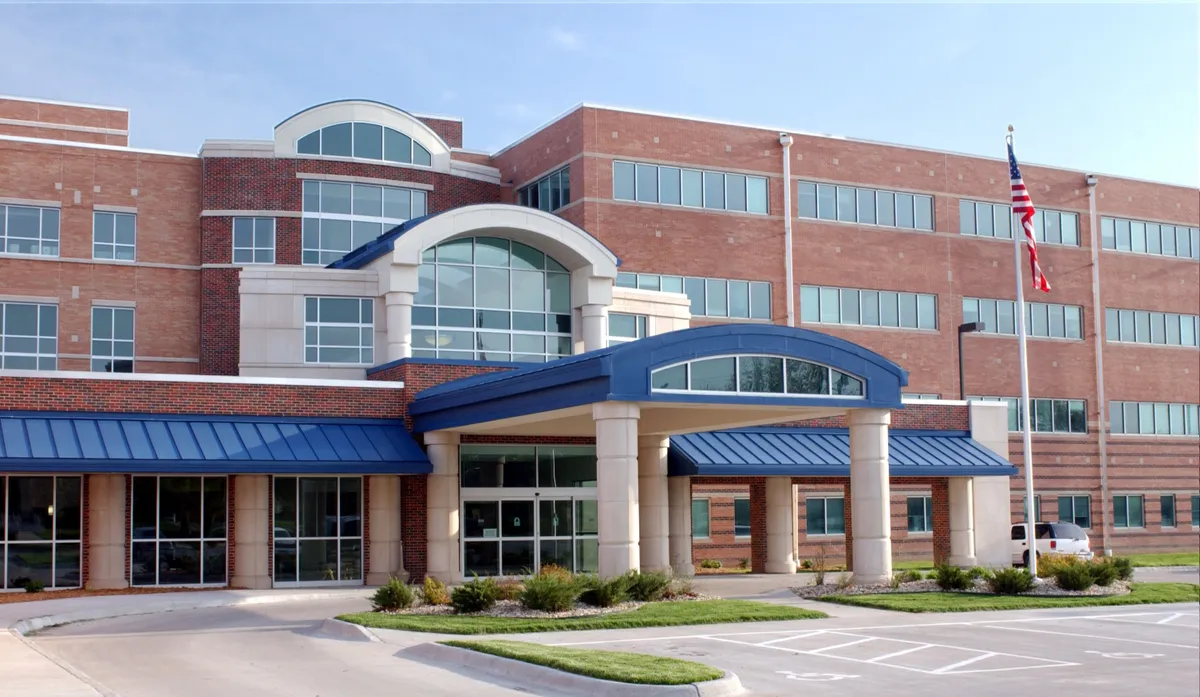
Unlike self-funded clients, third party administrators have conflicting interest issues resulting from their prearranged contract with the providers. In fact, the Affordable Care law caps the profit margin for insurance companies and has led them to find alternative solutions, including raising premiums and fees and reducing the costs by converting to fully automated insurance. In fact, we worked directly with our Tribal clients as soon as the Federal Regulations were finally published in 2007 to create Medicare Like Rate Solutions.
LTSS programs offer a wide range of reimbursement rates. This section lists eight different types of rates available to your organization as well as information on how to compare these rates. Some tribes use this data to determine what suits them most. Some tribes find that working with a skilled accountant can provide the best advice in determining the best possible price.
The proposed rule is opt-in and not a requirement. This is in recognition of Tribal sovereignty and self-determination as Tribes have the right to negotiate with providers and determine how best to meet the needs of their community when providing health care.
Medicaid reimbursed for medical costs varies by state policy or other factors. However, reimbursements will have no impact on federal minimum and maximum payments limits. The following images show how reimbursements on these scales are compared. Other rates, including Medicaid waiver rates or FQHC rates, vary depending on state policy or other factors.
This document should help you understand your problems and help you determine a good approach for your program in order to ensure a good fund structure and a sustainable program.
Federally Qualified Health Centers (FQHC) are programs which offer comprehensive health care services to underserving populations and meet one of several criteria to qualify. Health programs administered by the F QHC by Indian tribes and the tribes working under the Integrated Self-determination Act.
The FQHC rate is primarily based on visits and is covered by Medicare, Medicaid, and Medicare. Patients are paid in total depending on the severity of the encounter. All tribal groups need to register to become FQHCs.
Medical Assistance Rates (MAS) are state-standard reimbursement for Medicaid-covered services. Every state determines what reimbursement they can offer Medicaid beneficiaries. For example, certain countries reimburse a patient's healthcare provider for every service that was rendered in a Face to Face meeting, instead of charging a fee. Find out what you need in Medicaid funding.

The fee-for-service fee provides reimbursement for services, such as office visits. For example, you can see your physician if you are having septic throat or if your family has fever. It can also be a separate test. Typically, the insurers determine whichever type are considered to be services. It is different from full-service rates like IHS or QQHC which charge by encounter.
Capitated Rate A capitated rate is a contracted rate based on the total number of eligible people in a service area. Funding is supplied in advance, creating a pool of funds from which to provide services.
Medicaid is distributed across states and managed care providers who manage and finance health care to control costs and services in an efficient manner. More states will follow in this trend, as they believe they can control and increase healthcare costs and quality. Get information and resources on Medicaid-supported LTSS.
Medicaid waivers are the system through which state Medicaid providers can offer health care through Medicaid. Waiver generally supports services in community homes. Specifically, the HCBS program provides long-term care through home and community-based waiver in 1915(c). Members who qualify can have access to healthcare.

Several tribal hospitals can be designated as critical access hospitals (CAH) based on their availability. A qualified CAH: participates in Medicare and has less than 25 inpatient beds. It offers 24-hour emergency service 24/7 and is located in rural settings. Get in touch with us. The IHS rate is mandated by the Department of Health and Human Services and is published yearly in the Federal Register.
Contracts are contracts whose rates are determined by the percentage of qualified people who are in the service area. Funds can be obtained by providing a supplementary source of funds for services. ACE provides example full captivity programs to older people.
Indian Health Service (IHS) charges for Medicaid coverage include the cost of IHS treatment and tribal health. The billing will be per experience and no specific services. This applies to programs operated by the IHS , Tribes or Tribal organizations, and urban Indian programs. A Tribal Leader letter was sent to Tribal leaders and urban program directors from the Director IHS announcing the final rule implementing "Medicare-like" payment rates. Tribal members who qualify medically, financially, or geographically can receive services.